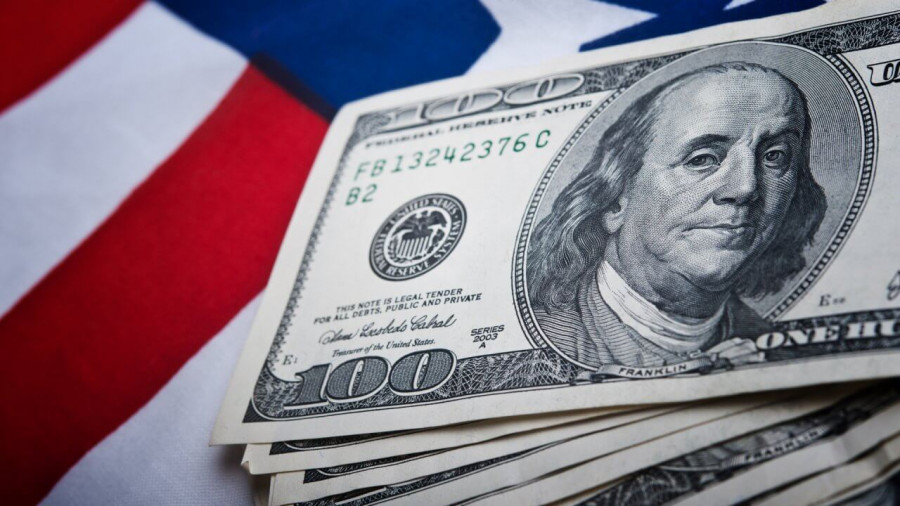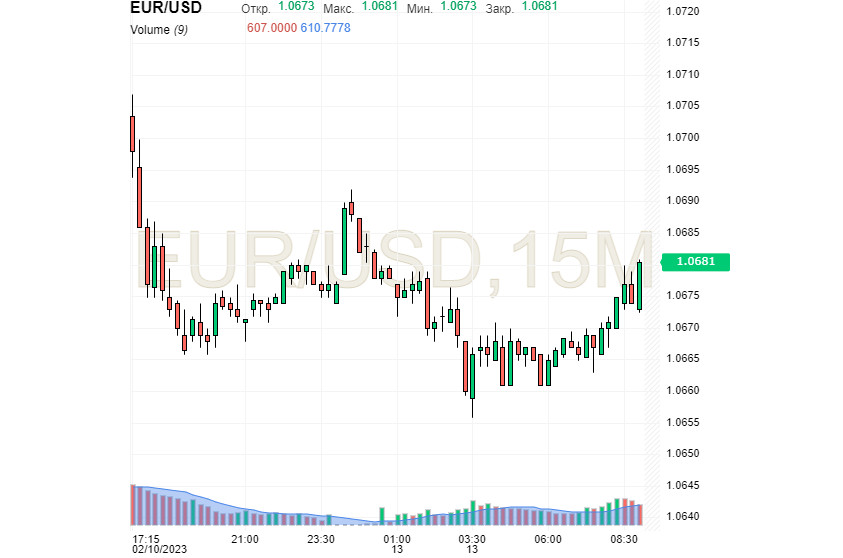

The US dollar kicked off the week with a rise against the euro. It regained momentum following hawkish comments from Fed officials. In the medium term, analysts assume the regulator could raise the interest rate to 6%. They believe that such a scenario is unfavorable for the greenback...
Some market participants expect the Fed to raise the key rate to 6%. However, many traders are still counting on a pause in the tightening cycle and a slowdown in inflation. Not nog ago, they were surprised by strong US NFP, PMI, real estate, and inflation data. Against this background, analysts supposed that the American economy remains resilient to aggressive tightening. Now, the key rate is in the range of 4.5%-4.75%.
Nearly 90.8% of analysts expect another 25 basis point rate increase in March to 4.75%-5%. This figure is much lower than last year. However, in the current situation, the regulator may need a more aggressive tightening than previously assumed. It may trigger a hard landing for the economy and a rather aggressive easing of rates. The Fed will rely on fresh inflation figures when making further plans for monetary policy.
According to economists at Bloomberg Markets, there are several reasons why the worst-case scenario is possible. To start with, these are inflation risks, which boost inflation. The regulator is still unable to bring it to the 2% target. On top of that, the labor market remains tight. If the unemployment rate does not change, the Fed will continue to raise rates to combat inflation.
Currently, the unemployment rate in the United States is approaching a 70-year low. Inflation tracked by the Fed is twice the 2% target. Therefore, the Fed could be committed to tightening, Bloomberg Markets believes. At the same time, economists fear that the regulator may resort to extra measures.
The US dollar is taking advantage of the situation. At the start of the week, it touched a 5-week high after the release of US inflation data. It has already shown steady growth against its main rivals, primarily the euro. Market participants are betting on a prolonged monetary policy tightening. In such a situation, it is hard for the euro to rise higher. It is rather volatile either climbing or dropping against the greenback. In the morning, the EUR/USD pair was trading near 1.0681, trying to grow higher.

Now, traders are looking forward to the publication of the US inflation report for January. It is on tap tomorrow. According to preliminary forecasts, the reading is projected to fall to 6.2% from 6.5%. If so, it will be the seventh drop in inflation in a row after hitting the high of 9%. As a result, the indicator may be the lowest since mid-2021.
However, the figure is still above the 2% target. Jerome Powell stressed that the disinflation had just started. The regulator closely monitors incoming data before making rate decisions.
If the Fed follows the path of raising the rate to 6%, the probability of a recession and a hard landing in the economy will increase significantly. In addition, the watchdog could keep rates at a high level contrary to market expectations. It may undermine the rally of the US currency. The latter will sink as inflation in the US is slowing down, analysts believe.